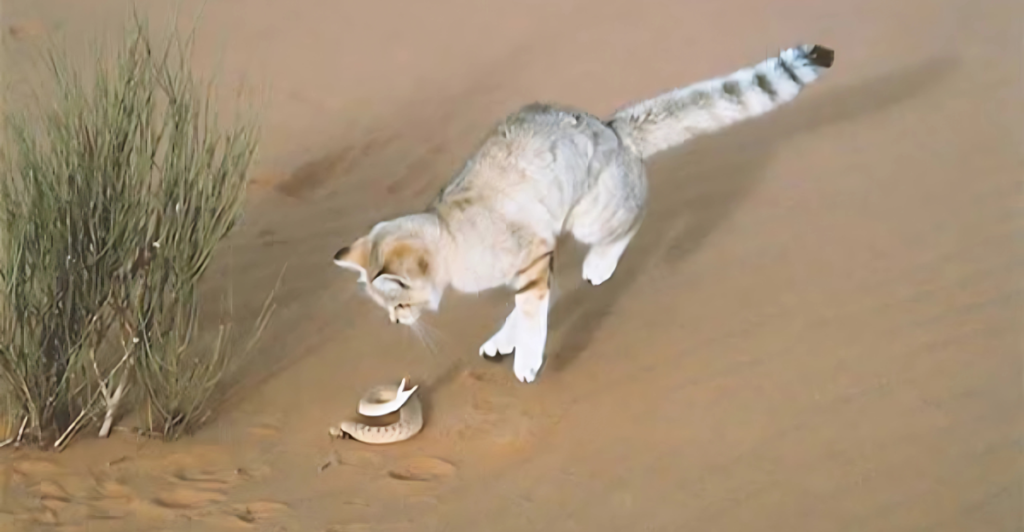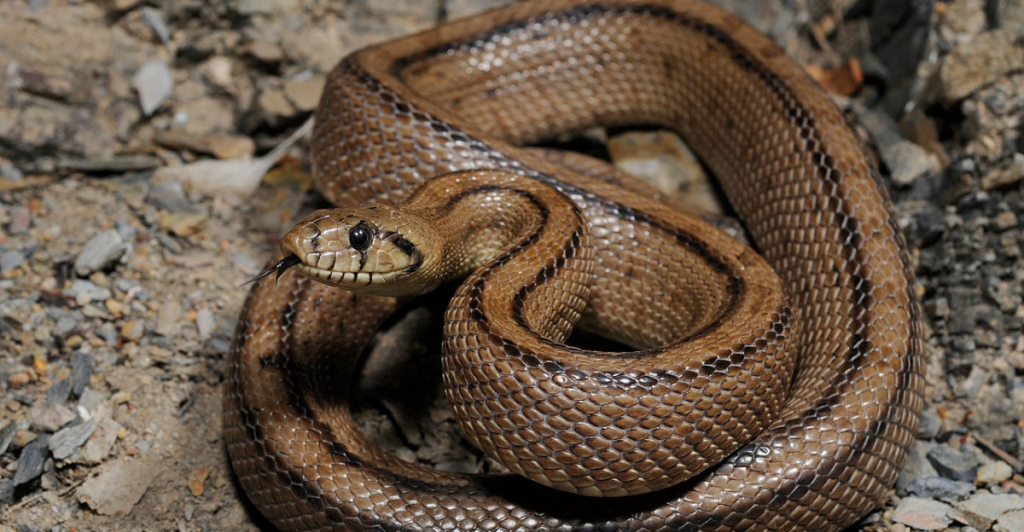
Choosing the right pet can be crucial for household safety in regions where venomous snakes are prevalent. With their unique physiological and behavioral traits, cats have demonstrated a higher resilience to snakebites than dogs. Research from the University of Queensland indicates that cats are twice as likely to survive venomous snakebites, particularly from species like the eastern brown snake, which accounts for a significant percentage of pet snakebite incidents in Australia.
This increased survival rate is attributed to differences in blood clotting mechanisms and typical behavioral responses during snake encounters. Cats tend to engage snakes with their paws, reducing the likelihood of bites to vital areas, whereas dogs often use their noses, increasing risk. Understanding these differences is essential for pet owners in snake-endemic regions when considering the safety and compatibility of their animal companions.
Blood Clotting Differences Between Cats and Dogs

The disparity in snakebite survival rates between cats and dogs is partly due to differences in their blood clotting systems. Studies have shown that snake venom acts more rapidly on dog plasma, leading to a quicker onset of coagulopathy, a condition where blood loses its ability to clot.
Conversely, cats exhibit a slower clotting response, which may provide a protective effect against venom-induced bleeding. This physiological distinction underscores the importance of species-specific considerations in veterinary care and emergency response to snakebites.
Behavioral Responses to Snake Encounters

Behavioral tendencies also significantly affect how cats and dogs respond to snake threats. Cats are generally more cautious and may observe or swat at snakes from a distance, minimizing direct contact.
Dogs, driven by curiosity or protective instincts, are more likely to approach and investigate snakes closely, often resulting in facial or mouth bites. These behavioral patterns can influence the severity and location of snakebites, affecting treatment outcomes and survival rates.
Survival Rates and Treatment Outcomes

Prompt medical attention is critical in snakebite cases for both cats and dogs. However, even with immediate treatment, survival rates differ.
Cats are more likely to survive venomous bites, with studies indicating a 66% survival rate without antivenom, compared to 31% in dogs. This suggests that cats have inherent physiological advantages contributing to better outcomes post-envenomation.
Common Venomous Snakes Affecting Pets

In various regions, certain venomous snakes pose significant risks to domestic animals. In North America, species like rattlesnakes, copperheads, and cottonmouths are responsible for the majority of venomous bites in pets.
Understanding the local snake population and their behaviors can help pet owners take preventive measures to protect their animals from potential encounters.
Prevention Strategies for Pet Owners

Preventing snakebites involves a combination of environmental management and behavioral training. Keeping yards clear of tall grass and debris reduces hiding spots for snakes.
Training pets to avoid snakes and supervising them during outdoor activities can minimize risk. Awareness of peak snake activity times and areas can help prevent dangerous encounters.
Emergency Response to Snakebites

In the event of a snakebite, immediate veterinary care is essential. Owners should keep the pet calm and restrict movement to slow venom spread.
Avoiding home remedies and seeking professional treatment promptly can significantly improve the chances of recovery. Understanding the signs of envenomation and acting swiftly are critical components of effective emergency response.
The Role of Antivenom in Treatment

Antivenom administration is a key aspect of treating venomous snakebites. While cats and dogs can benefit from antivenom, the timing of administration is crucial.
Cats’ slower progression of symptoms may provide a slightly larger window for effective treatment, but prompt medical attention remains vital for both species.
Long-Term Health Implications Post-Bite

Survivors of venomous snakebites may experience long-term health issues, including tissue damage, organ dysfunction, or chronic pain. Regular veterinary check-ups and monitoring are essential to address any lingering effects and ensure the pet’s quality of life post-recovery.
Understanding potential complications can help owners provide appropriate care during the recovery process.
Making Informed Pet Choices in Snake-Endemic Areas

Considering a pet’s behavior and physiological resilience to snakebites is essential for individuals living in areas with high snake populations.
While cats and dogs can be loving companions, cats may offer particular advantages in snake-prone environments due to their cautious nature and higher survival rates post-envenomation. Ultimately, informed decisions and preventive measures can enhance the safety of both pets and their owners.
Explore more of our trending stories and hit Follow to keep them coming to your feed!

Don’t miss out on more stories like this! Hit the Follow button at the top of this article to stay updated with the latest news. Share your thoughts in the comments—we’d love to hear from you!







